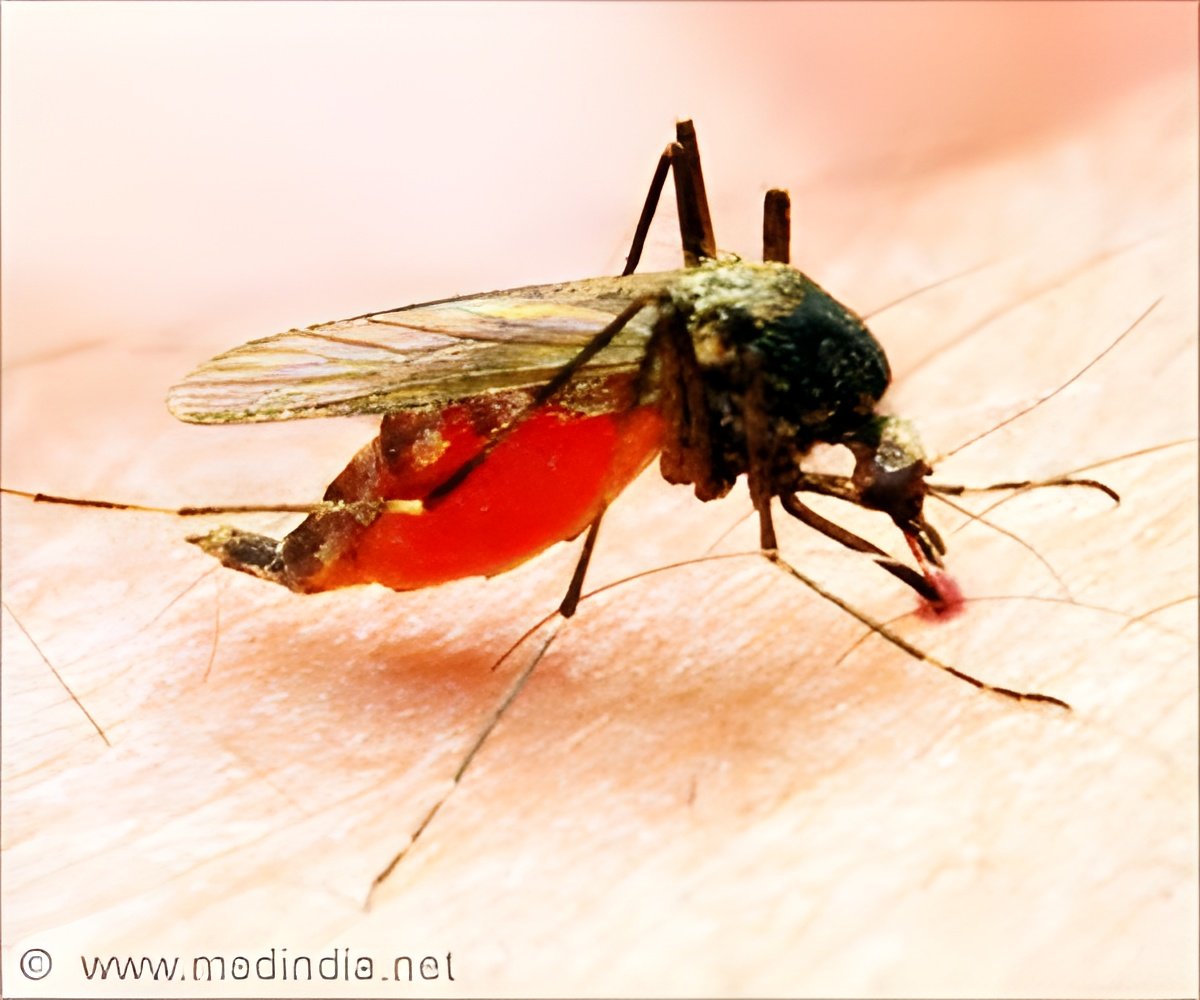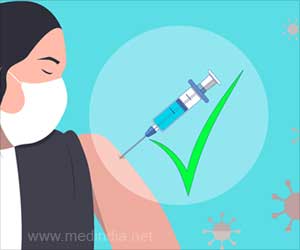
Delhi doctors have observed a sharp increase in dengue cases, () as well as swine flu and chikungunya infections.
According to a report from the Municipal Corporation of Delhi (MCD), the region reported 401 new infections between September 22 to 28. Delhi recorded 1,052 dengue cases till September 28, as per the report, with the South Delhi zone recording the highest number of cases, followed by the Najafgarh zone.
“Dengue and swine flu cases have been steadily rising over the past few weeks. Presently, we are witnessing around 100 patients daily presenting with symptoms such as fever, body aches, and fatigue,” Dr. Sharang Sachdeva, Senior Consultant, and Head – Emergency, Aakash Healthcare, told IANS.
Delhi’s Triple Threat: Overlapping Infections Pose Serious Risk
“Of these, 20-25 percent are diagnosed with dengue, while 10-15 percent are diagnosed with swine flu, indicating a concerning overlap of multiple infections during this period,” he added. One dengue-related death has been reported this year so far with a 54-year-old patient succumbing to the disease at Lok Kalyan Hospital. Last year, 19 dengue deaths were reported in the national capital.
“The season is favourable for breeding of mosquitoes hence there might be few spikes in vector-borne diseases such as dengue and chikungunya,” Dr. Harshal R Salve, Additional professor, Centre for Community Medicine at AIIMS, New Delhi, told IANS.
High-grade fever, body aches, rapid breathing, vomiting, restlessness, loss of appetite, pain in the abdomen, rashes, and fatigue are the major symptoms of dengue. Meanwhile, the MCD data also shows a marked increase in both malaria (67) and chikungunya (13) cases in the September 22-28 period. About 430 malaria cases have been recorded until September 28 this year, compared to 321 cases during the same period in 2023.Chikungunya cases have also risen, with 55 cases reported this year in the same period, up from 24 in the corresponding period last year.
Diagnosis of these diseases is a major problem due to the common symptoms. Swine flu (H1N1) symptoms closely resemble those of other viral infections, typically presenting as high fever, sore throat, cough, fatigue, headache, muscle aches, and nasal congestion.
Advertisement
“Patients also commonly complain of headaches, body aches, generalised malaise, and gastritis-like symptoms. These symptoms are common to influenza type A, type B, and swine flu, as well as other viral illnesses,” Dr. Prashant Sinha, Senior Consultant, HOD of Emergency at PSRI Hospital, told IANS. The hospital is seeing 20 to 25 patients with dengue daily. Similarly, dengue and viral fever also start with comparable symptoms, such as high fever, body aches, and fatigue.
“However, as dengue progresses, distinct signs begin to emerge, including severe headaches, pain behind the eyes, joint and muscle pain, and rashes. In more severe cases of dengue, bleeding from the nose, gums, or easy bruising may occur,” Sachdeva said. Noting that most of the diseases are self-limiting, Salve said fever should be treated with paracetamol while adding that the “use of aspirin should be strictly avoided”. The doctor also called for maintaining proper hydration.
Advertisement
Reference:
- Dengue and severe dengue – (https://www.who.int/news-room/fact-sheets/detail/dengue-and-severe-dengue)
Source-IANS



